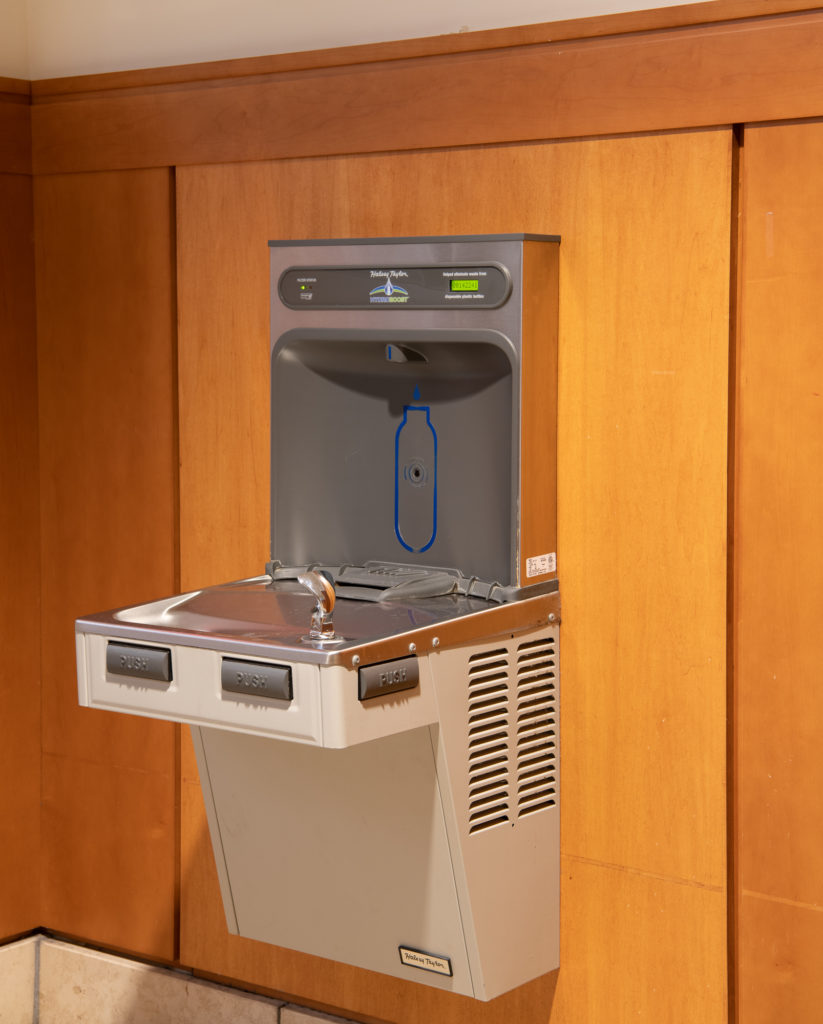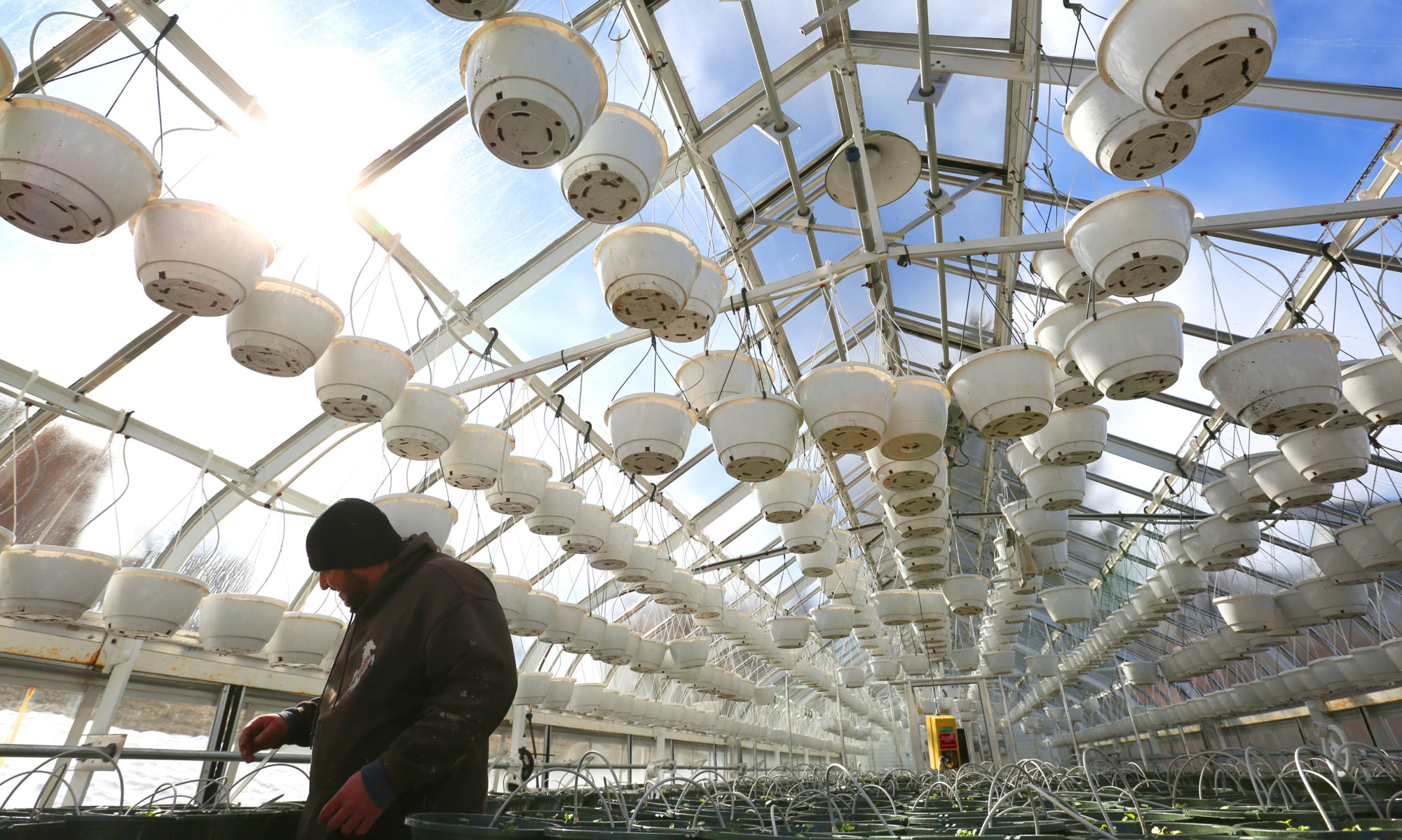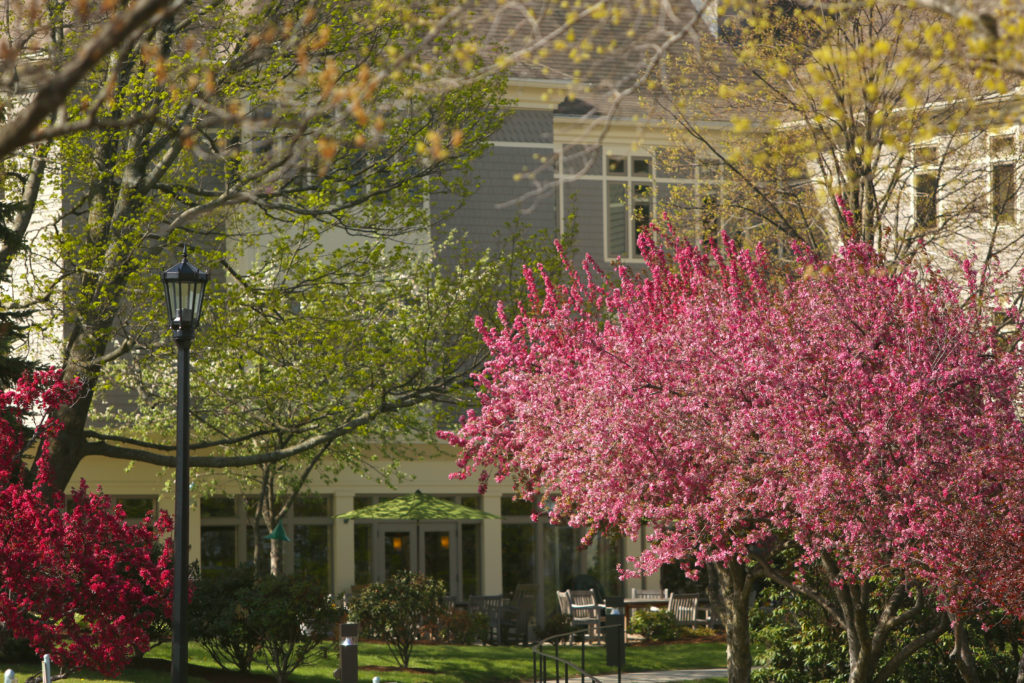Less visible projects, like improving heating and cooling efficiency, stay hidden but drastically impact the Holy Cross’ carbon footprint. John Cannon, the director of facilities operations, reveals these hidden projects that continue to advance the College’s environmental goals.
LED Lighting: 75% less energy than incandescent lighting
A rugged and long-lasting solution, LED fixtures contain no mercury and offer high efficiency lighting with no warm-up period. According to the United States Department of Energy, LED lighting uses at least 75% less energy and lasts 25 times longer than incandescent lighting. Holy Cross continues to convert campus indoor and outdoor lighting to LED fixtures.
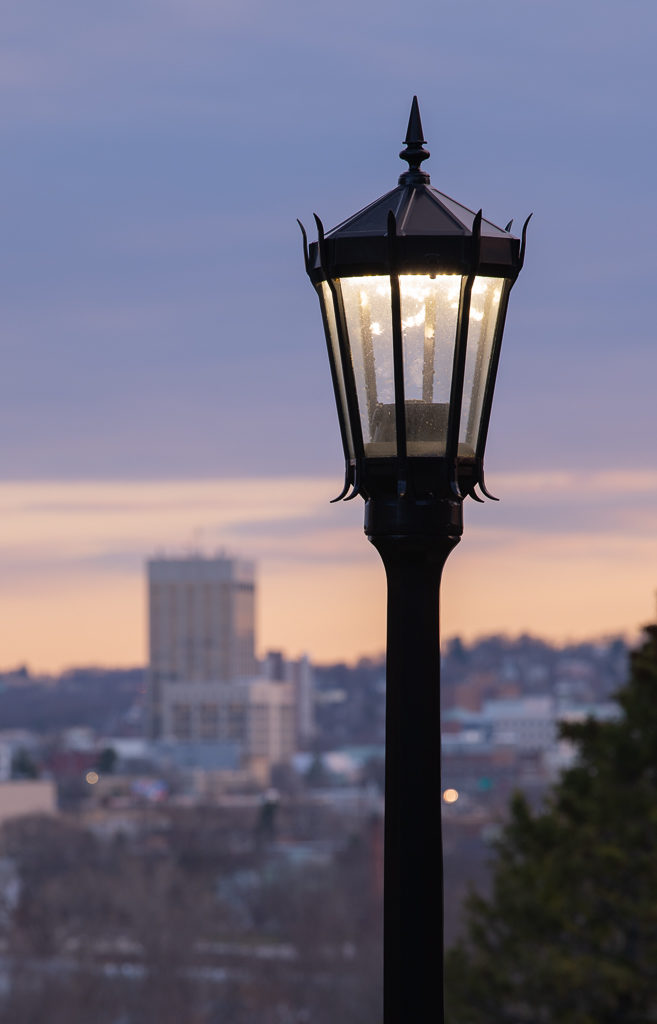
High Efficiency Windows: Less air loss = more energy saving
The Department of Facilities has replaced old windows to high efficiency windows in Alumni Hall, Hanselman Hall, and Lehy Hall. The increased insulation reduces the amount of indoor air that escapes to the outdoors.
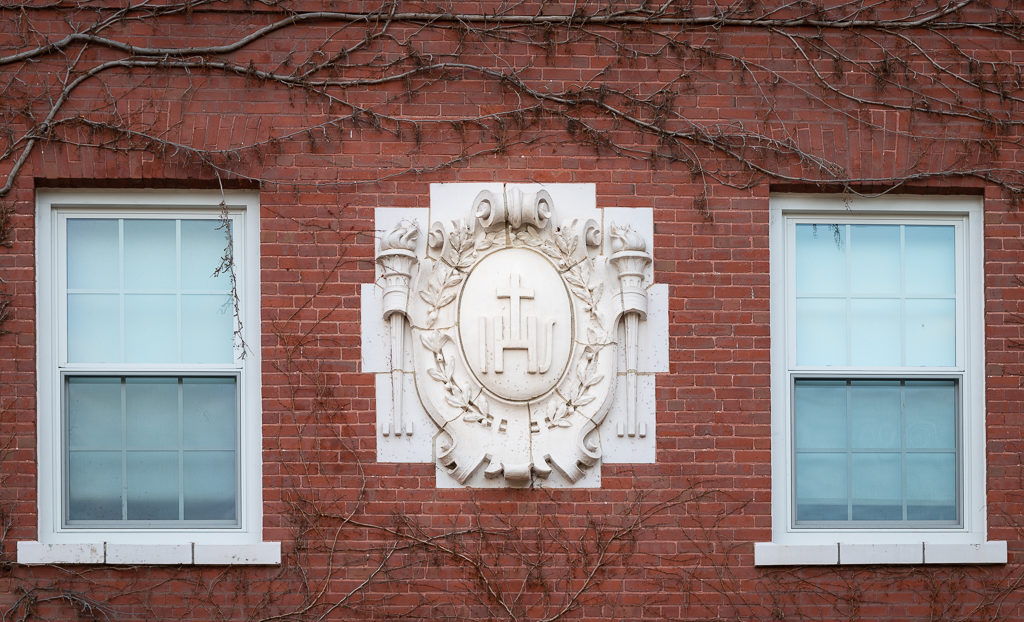
EV Charging Stations: Made possible by MassDEP & National Grid
The College installed four dual-port electric vehicle (EV) charging stations in the parking garage in 2019 through a grant from the Massachusetts Department of Environmental Protection and a rebate from the National Grid.
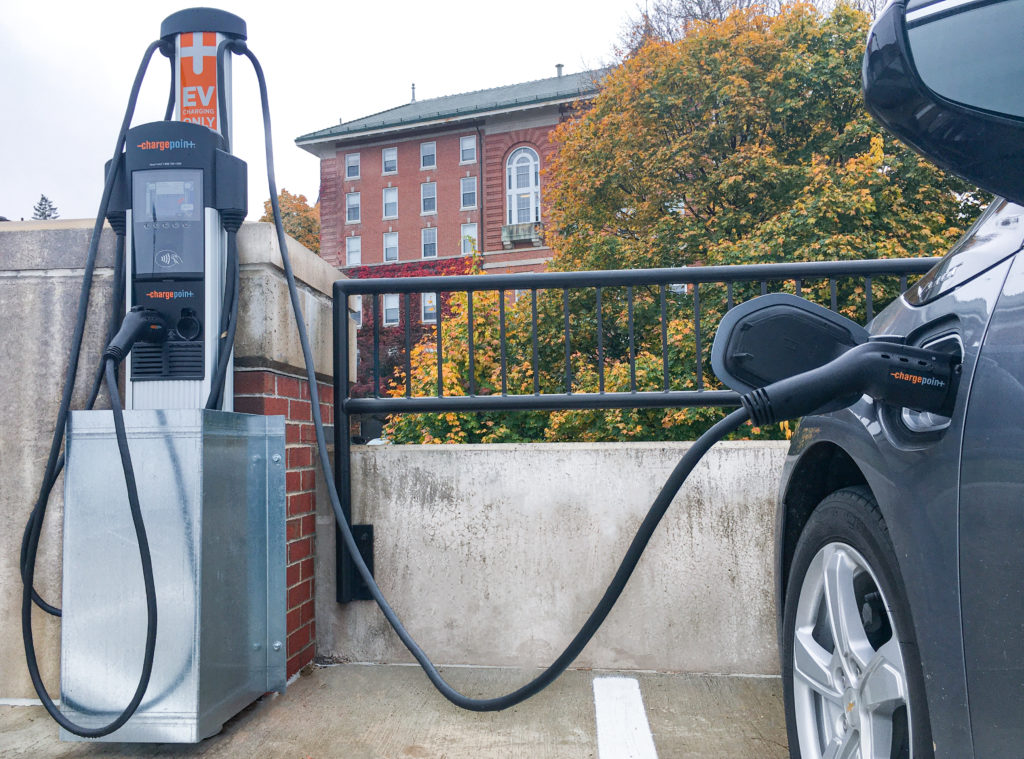
Annual Testing: Eliminating leaks & increasing efficiency
Beyond highly insulated steam piping throughout campus, the Facilities Department tests every steam trap annually to eliminate leaks. Less leaks equals better energy conservation.
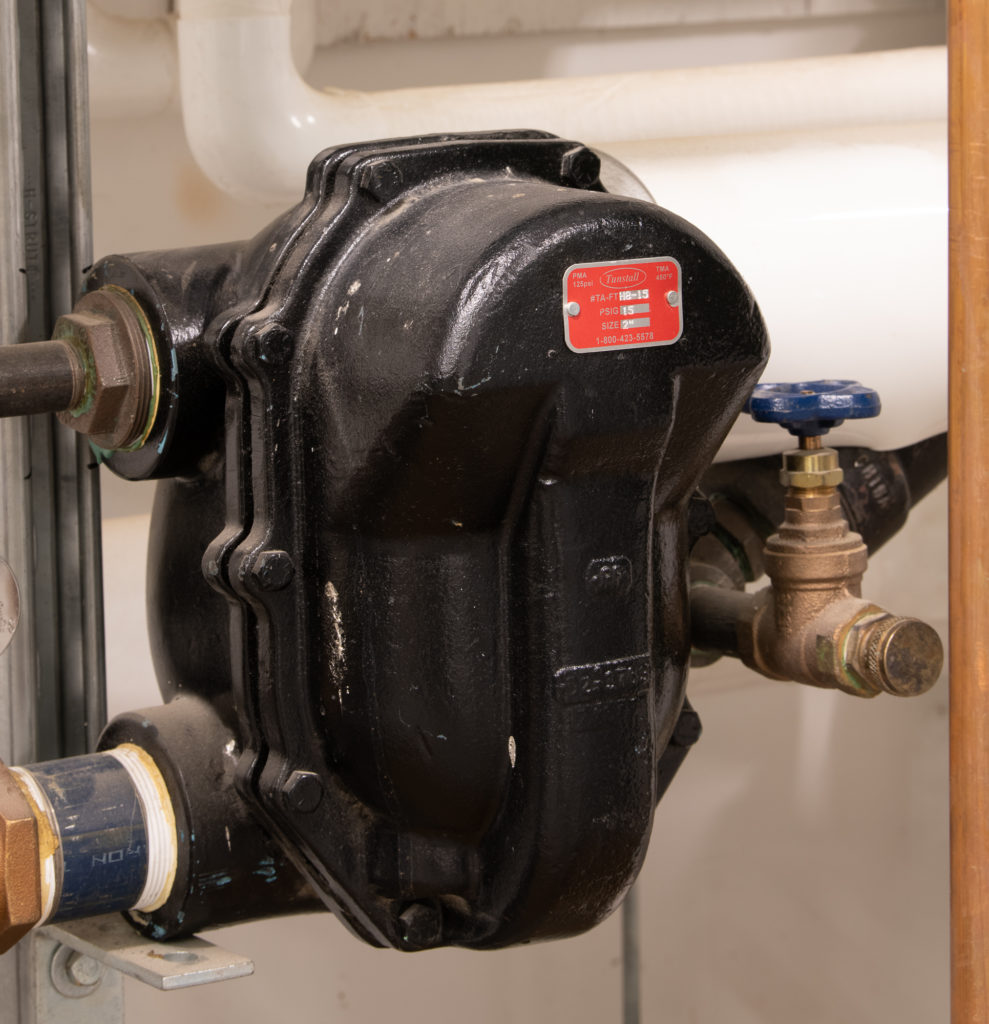
Variable Frequency Drives: Aligning energy output with need
A variable frequency drive (VFD) controls power to a motor so supply and demand match. Need an analogy? Instead of running a blender on high to smooth that room temperature avocado, the blender automatically runs on low for the avocado and high to crush that frozen strawberry.
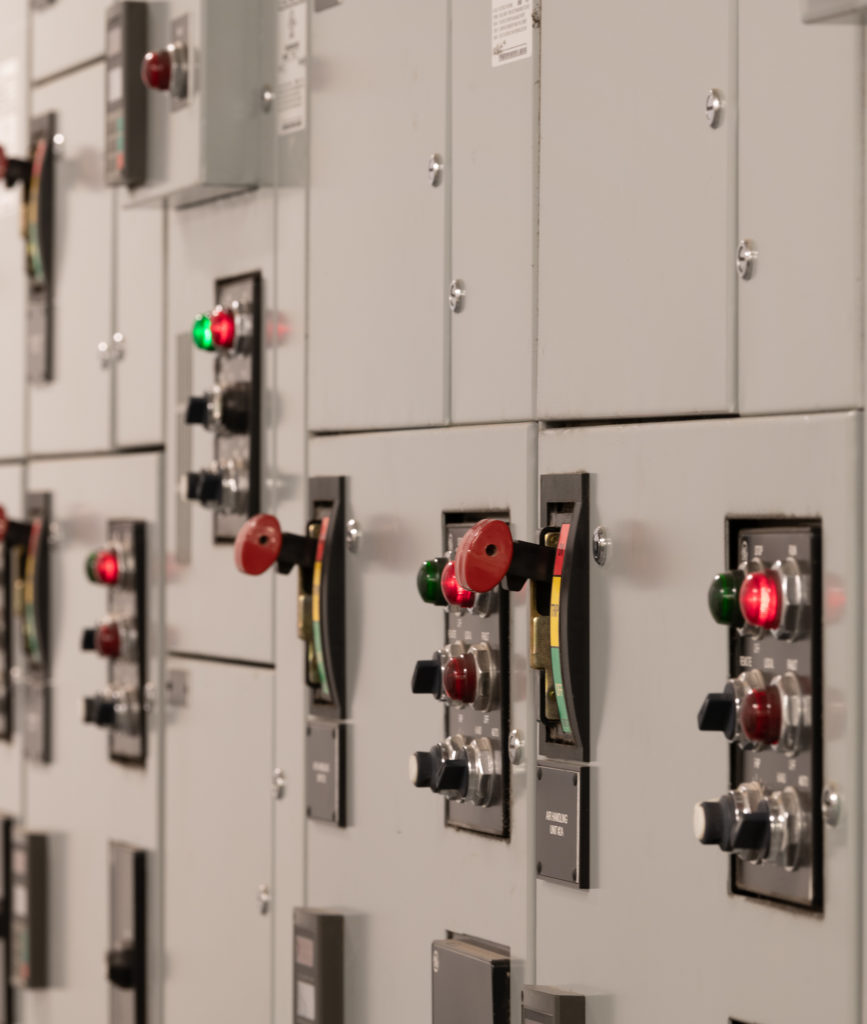
Upgraded Heating Controls: Adhering to the Energy Conservation Policy
Holy Cross’ Energy Conservation Policy, revised in early 2009, is designed to improve operating efficiency and reduce the cost of energy consumption. The College aims to have building temperatures about 70 degrees in the winter and 74 degrees in the summer.
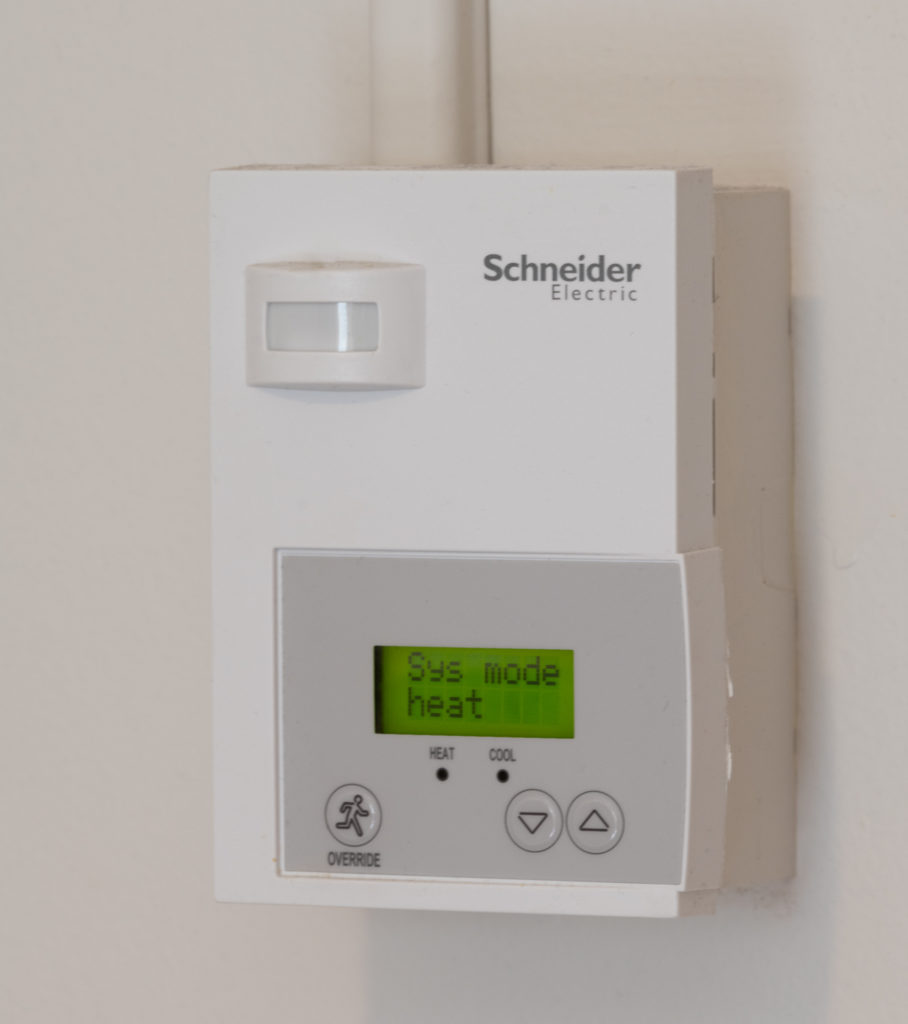
Hydration Stations: Fostering a reuse culture
Hydration stations promote reusable beverage containers throughout the Holy Cross community. Consequently, the College reinforces its efforts to slash trash production.
